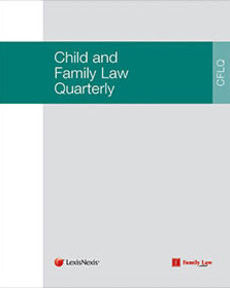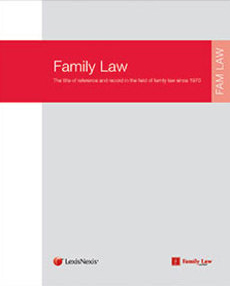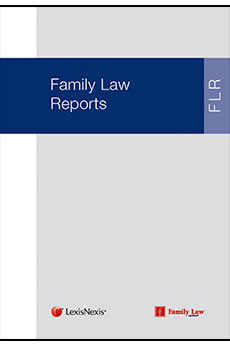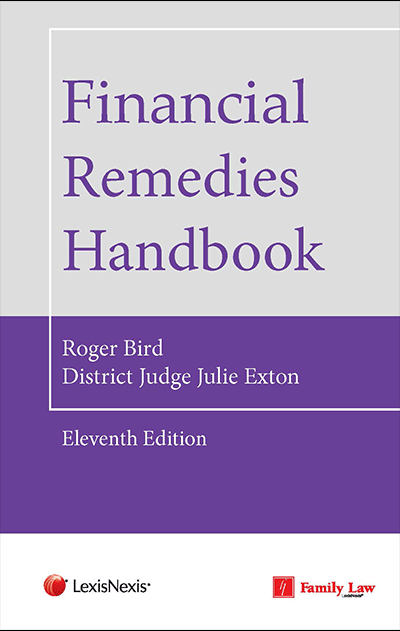Cynthia Grant Bowman, Dorothea S. Clarke, Professor of Law, Cornell Law School
 The full version of this article will appear in Child and Family Law Quarterly, Vol 29, No 2. Find out more or request a free 1-week trial of Child and Family Law Quarterly. Please quote: 100482.
The full version of this article will appear in Child and Family Law Quarterly, Vol 29, No 2. Find out more or request a free 1-week trial of Child and Family Law Quarterly. Please quote: 100482.
Committed couples who do not share a residence, commonly called ‘LATs’ (for Living Apart Together), have been little studied by family law scholars in the United States. After describing the literature on this phenomenon by British, European, Canadian, and Australian scholars, this article provides new data about LATs in the US. It presents the results of two new surveys, one of respondents in New York State and one US-wide study, along with information gleaned from qualitative interviews of LATs. These data show that LATs are as prevalent in the US as elsewhere and provide information about their lifestyle, their reasons for living apart, their economic relationships, and the family-like functions LATs undertake for each another. The article then discusses whether the US legal system should recognize LAT relationships and, if so, for what purposes, concluding that certain legal rights should be extended to LATs, limiting them in most instances to those designed to aid their mutual caretaking, not those premised on economic interdependence.
This article has been accepted for publication in Child and Family Law Quarterly in Issue 4, Vol 29, Year 2017. The final published version of this article will be published and made publicly available here 24 months after its publication date, under a CC-BY-NC licence.


 The full version of this article will appear in Child and Family Law Quarterly, Vol 29, No 2.
The full version of this article will appear in Child and Family Law Quarterly, Vol 29, No 2. 





